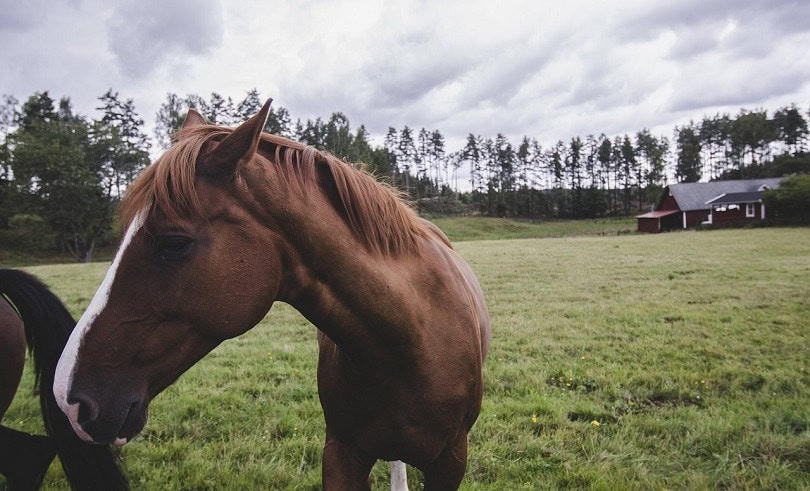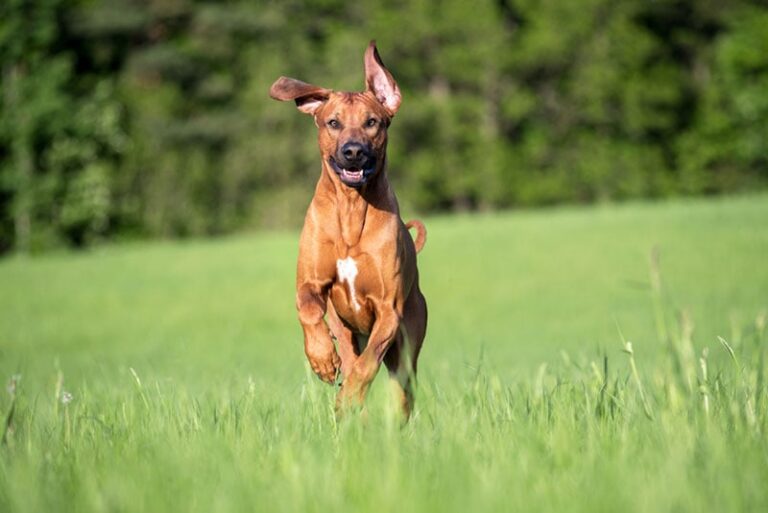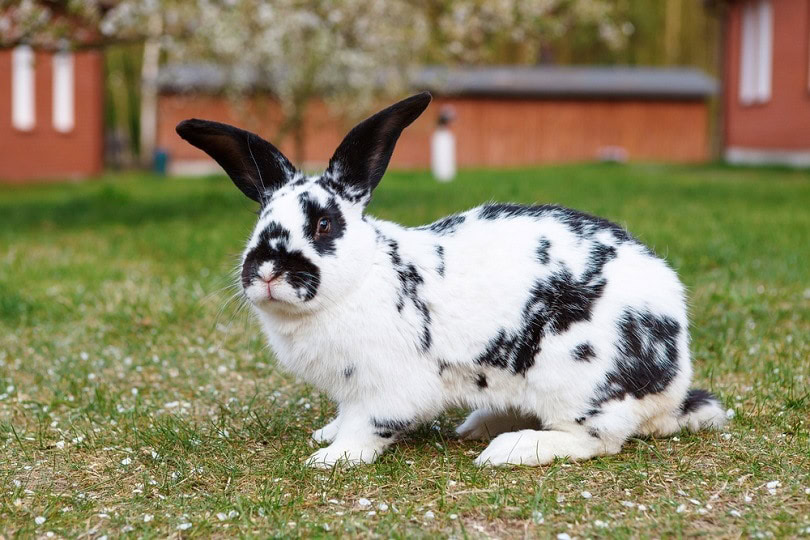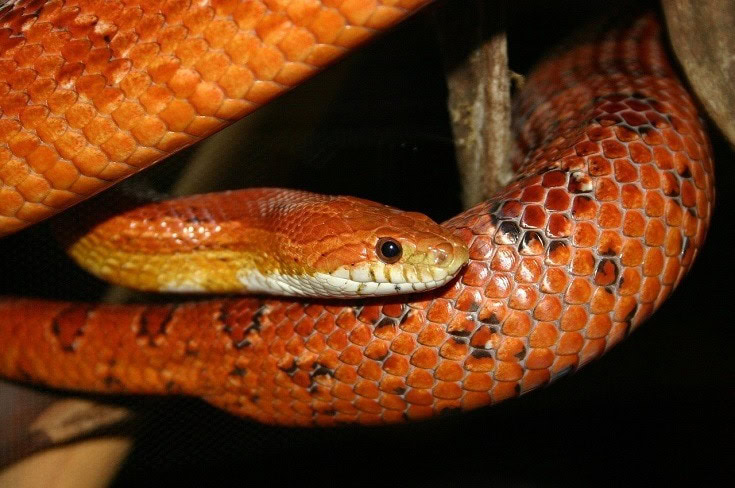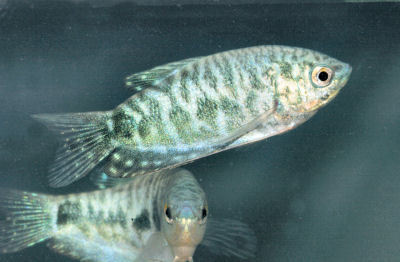While Sweden is a relatively small country, several horse breeds have originated there. As you might expect, they are all somewhat similar since they come from the same geographical area.
In this article, we look at five horse breeds that originate in Sweden. While there are many extinct horse breeds from this area, we only discuss the ones that are still around!
The 5 Swedish Horse Breeds
1. Gotland Pony
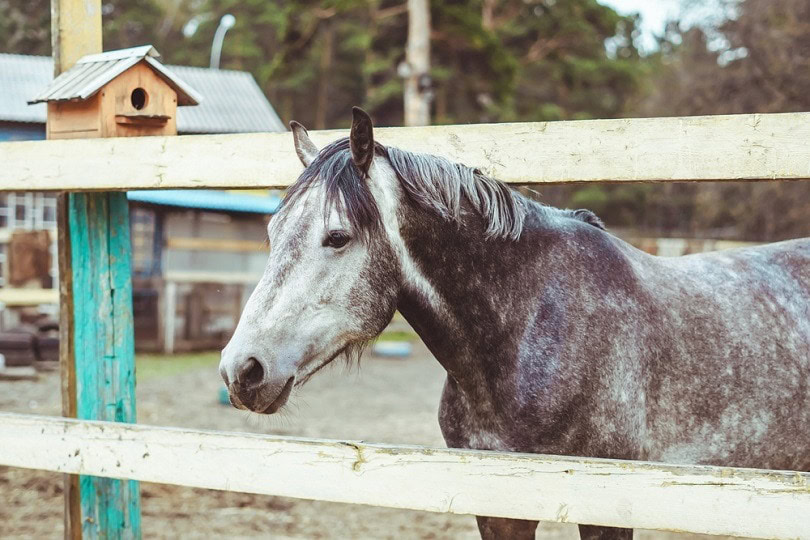
The Gotland Pony, also called the Gotland Russ, is a relatively old breed of pony that many claim is a descendant of Tarpans, an extinct breed of ancient horses. This horse may have gotten trapped on Gotland’s small island after the last ice age, leading to the evolution of a unique breed of pony.
This is the only breed of pony that is native to Sweden. They were related to the Oland horse, which originated on a neighboring island. However, that breed went extinct in the early 20th century.
These horses have a light build and low-set tail. They usually stand at around 11.1 to 12.3 hands, though the upper end of this range is usually more sought after. Despite their small size, this pony is relatively healthy and can be ridden by small adults and children. Their hooves are excellent and hard, so they do well in challenging terrain.
Bay and mealy are the most common coat colors for this breed. However, they can also be chestnut, black, buckskin, and palomino. The only colors that aren’t acceptable are dun, grey, and pinto.
Today, Gotland ponies still range freely on the island to some extent. Some regions are protected, which enables the ponies to roam and live without interference. A small semi-feral herd also lives in an enclosed area of the Lojsta Moor.
These ponies are often used mostly by riding schools, as they are ideal for children. Due to their easy-to-train nature, they also excel in show jumping, harness racing, and dressage.
2. North Swedish Horse
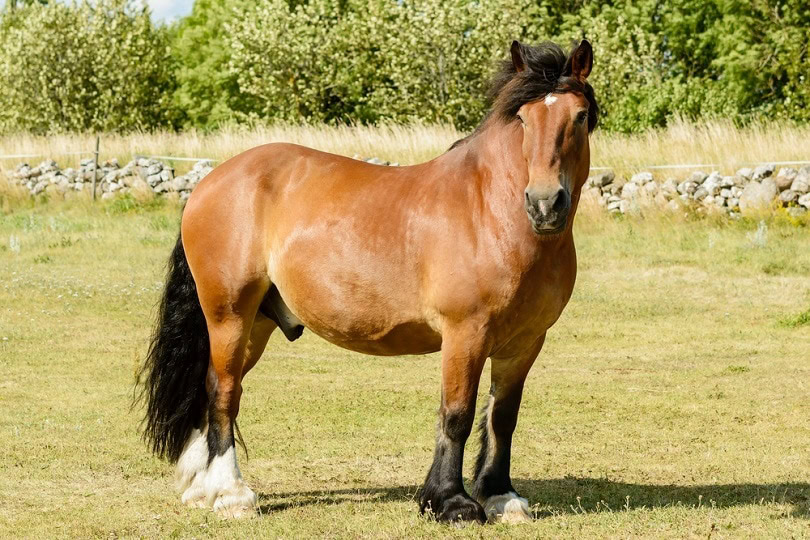
While this breed is relatively small, they are considered a heavy horse. They are closely related to similar breeds in Norway, such as the Dolehest.
These horses are carefully bred in modern times. All animals intended for breeding must be thoroughly tested to ensure that they are fit. The legs and hooves are X-rayed to ensure there are no abnormalities. They are bred mostly for their temperament and fertility, though their pulling capacity matters too.
Like many draft horses, the North Swedish horse is easy to train and quite docile. Despite their size, they are powerful and robust. They are also more agile than most draft horses, mainly because of their size. They are well-known for their excellent health and long lifespan, which is mainly due to their strict breeding program.
This horse is usually used for harness racing today, though they are also well-suited to agricultural and forestry work. They are often used in a variety of recreational equestrian activities.
3. Scandinavian Coldblood Trotter
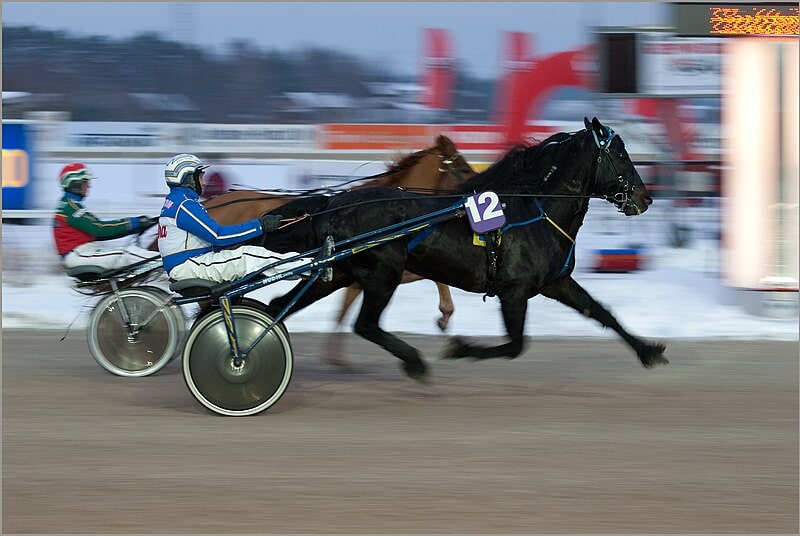
This describes two different breeds of horse: the Norwegian Coldblood trotter and the Swedish Coldblood Trotter. However, they are so similar that they are often grouped under the larger heading of “Scandinavian.” Only one of these breeds is from Sweden. While the two horses are primarily considered the same breed, two different studbooks are maintained, with different country registration requirements. This breed was developed by crossbreeding lighter and more agile horses with the North Swedish horse (or the Norwegian Dolehest, for the Norwegian Coldblood trotter).
The average stallion stands at about 15.1 hands, but all of them stand at least 14.2 hands. The most common color is bay, though they can also be found in chestnut and black. Compared to other horses, this breed is relatively small. They are well-developed for the Scandinavian winters, as they develop large amounts of winter hair.
This breed is rarely found outside of Nordic countries. They are mostly used for harness racing, where they compete in shared heats.
4. Swedish Ardennes
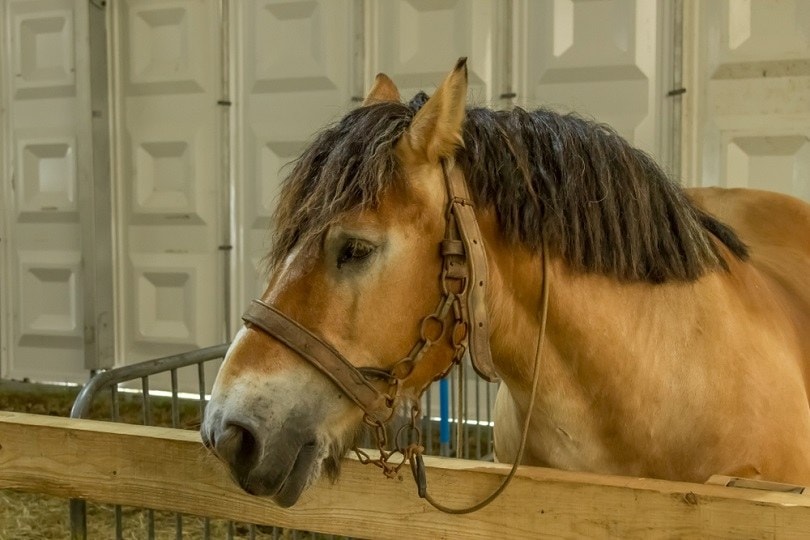
The Swedish Ardennes was first bred during the late 19th century in Sweden. They’re a purely practical horse and were bred to work with farmers.
This medium-sized horse is about 15.2 to 16 hands high. They weigh around 1,200 to 1,600 pounds. They are somewhat compact and muscular. Their legs are surprisingly stout, with some loose feathering on their hooves. Usually, they come in black, blood bay, and chestnut.
Due to where this horse was developed, it can withstand extreme weather. These horses are easy keepers and often easy to work with, making them popular when farmers need a practical horse. They are also healthy, with a decently long lifespan.
This breed was first created by crossing imported Ardennes horses with North Swedish horses. This improved the Swedish horse’s size and strength while still allowing them to withstand harsher temperatures. The studbook was first created in 1901.
Today, the Swedish Ardennes is a famous cart horse, as their original farm jobs have been mechanized. They are still used for hauling timber in areas that are inaccessible to machinery. This horse also makes up a large part of the Swedish horse population.
5. Swedish Warmblood

This breed was developed in Sweden. However, they descend from imported horses during the 17th century, not from native horses. The horses imported during this time were extraordinarily varied and came from many countries. They were likely crossbred in a haphazard manner until an entirely new breed was developed.
This is the only Swedish horse that originated from imported horses. While this horse got their start in the 17th century, it was only in the 1920s that they became heavily developed.
Today, the horse is most used for riding. They have comfortable, straight paces, which make them extremely easy to ride. They are rather handsome and extremely versatile. They are also good driving horses and are exported around the world.
Technically, these horses can be any solid color. However, any stallion with a specific color associated with health problems may not receive breeding approval. So, these horses are mostly chestnut, bay, and brown. They are usually not really black, though they can appear to be. They may also be gray and roan, though these are rare.
This horse usually stands at around 16 to 17 hands, making them one of the tallest breeds on this list.

Conclusion
Many horse breeds originated in Sweden, but most are extinct now. This list includes the Swedish breeds that still exist today and are quite popular in the country and around the world.
Also See:
Featured Image Credit: nilsgh, Pixabay
